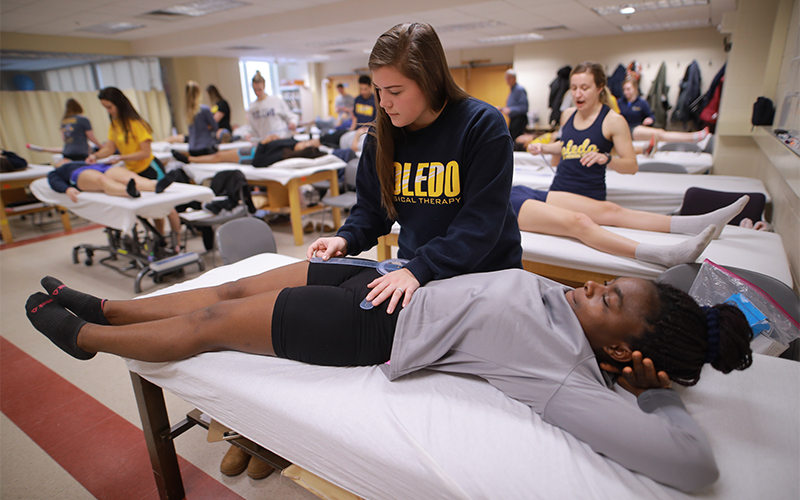Efficient Methods for Alleviating Breathlessness in Physiotherapeutic Therapy Appointments
Efficient Methods for Alleviating Breathlessness in Physiotherapeutic Therapy Appointments
Blog Article
Breathing difficulties, or trouble breathing, is a common concern that many individuals face, particularly those with long-term lung diseases, heart problems, or other health conditions. In rehabilitation therapy sessions, addressing breathing difficulties is essential for helping patients improve their overall quality of life. By utilizing specific methods and strategies, physical therapists can assist patients in managing their respiratory difficulties. Grasping these effective methods can enable both therapists and patients to work together more efficiently in addressing obstacles related to breathing difficulties.
One of the main techniques used to alleviate dyspnea in physical therapy is the practice of controlled breathing activities. These exercises often focus on abdominal breathing, which promotes patients to use their breathing muscle rather than their upper thoracic muscles when breathing in. This method helps to maximize lung volume and effectiveness. Additionally, pursed lip breathing is another technique that can be beneficial. This method requires breathing in through the nose and exhaling slowly through compressed lips, which can assist to keep airways clear longer and render breathing feel more manageable. By including these activities into therapy appointments, physical therapists can provide patients with tools to manage their breathing difficulties both during and beyond of their appointments.
Another crucial aspect of controlling dyspnea in physical therapy is the development of an individualized exercise program. Tailoring exercises to meet the individual needs and abilities of each patient is crucial. Therapists should slowly integrate aerobic exercises, such as ambulating or cycling, in a structured manner, allowing patients to develop their endurance over a period. This incremental method helps patients to feel more at ease with physical activity while simultaneously improving their lung function and overall endurance. It is important for therapists to monitor patients carefully during these exercises to make sure they are not overexerting themselves, which could lead to greater difficulty of breath.
Education also plays a major role in alleviating breathing difficulties during physical therapy appointments. Providing patients with information about their condition and the factors behind breathing difficulties can empower them to take control of their health. Therapists can describe how factors like anxiety, posture, and environmental conditions can influence breathing. By understanding these ideas, patients can learn to manage their symptoms more efficiently. Techniques such as anxiety reduction methods and proper body mechanics can further assist in minimizing the effects of dyspnea This Site during daily activities and therapy appointments.
In conclusion, successfully alleviating breathing difficulties in physical therapy appointments involves a combination of breathing activities, individualized exercise regimens, and patient education. By applying these efficient methods, physical therapists can assist patients manage their respiratory difficulties and improve their overall health. Working together between therapists and patients is essential to create tailored interventions that meet individual needs. With the appropriate support and methods, patients can find relief from dyspnea and engage more fully in their physical therapy process, eventually leading to a better quality of life.